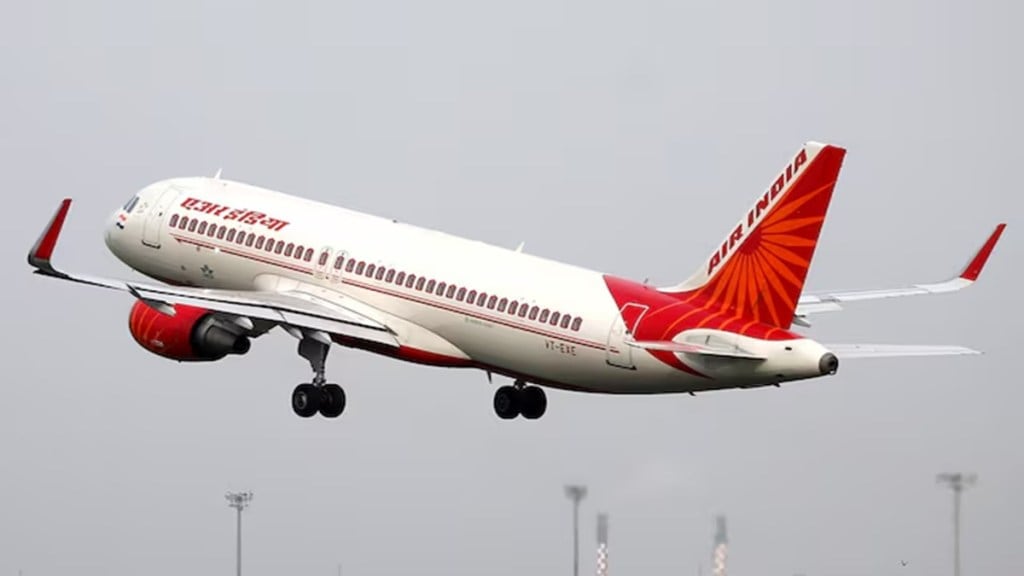The best qualities of Vistara are being brought to Air India and the merged entity will be ready for the country’s upcoming aviation revolution, Tata Sons chairman N Chandrasekaran said in a LinkedIn post on Thursday. He described the merger as an important milestone in the transformation of Air India into a world-class global airline with an Indian heart. “We are fully aware that expectations for the new Air India are sky high. We expect nothing less and we expect to deliver nothing less,” Chandrasekaran said.
“Two years ago, when we took over, Air India was in decline for a number of systemic reasons. The turnaround it needed could not be achieved simply by allocation of resources, but by rethinking every aspect of functioning from the ground up,” he added.
The merger was completed on November 11 with the final Vistara flight taking off from Mumbai for Delhi, paving the way for an enlarged Air India with 300 aircraft (including that of Air India Express) and a domestic market share of nearly 29%.
“This merger is undoubtedly a time of change—distinct cultures are put together to create something new and lasting. Such mergers take time to play out. We have moved quickly, completing the process in two years,” he added.
He mentioned that different parts of the business were at different points of maturity when the merger commenced, so it will take time to fully align them. In two months, the Tata group will have completed three years of ownership of Air India. The process of merging the two and rejuvenating Air India itself was done simultaneously.
Besides placing mega orders for 470 planes with Airbus and Boeing, the Tata group established South Asia’s largest training academy for pilots, cabin crew and staff. A facility that will service its growing fleet of wide-body and narrow-body aircraft is also coming up.
“The airline we are strengthening today will be ready for India’s coming aviation revolution. There is still more work to do, and we are bringing Vistara’s best qualities to this merger,” Chandrasekaran added.
Though the brand has been phased out, Air India will continue to offer Vistara’s services on board specific aircraft for an unspecified amount of time. This includes its unchanged interiors, in-flight meals and the original uniforms of the crew.
“I am clear that Vistara will continue to deliver the service experience it is known for, while bringing to AI some of its best practices,” Chandrasekaran added.
A few months ago, Air India put to use its flagship aircraft, the Airbus A350, capable of doing ultra-long-haul flights. The plane flies on the Delhi to London and Delhi to New York route, as of now.
As a result of the merger, Singapore Airlines, a long standing partner of the Tata group, got a 25.1% equity in Air India. It previously owned a 49% stake in Tata SIA Airline, the company that owned Vistara.
